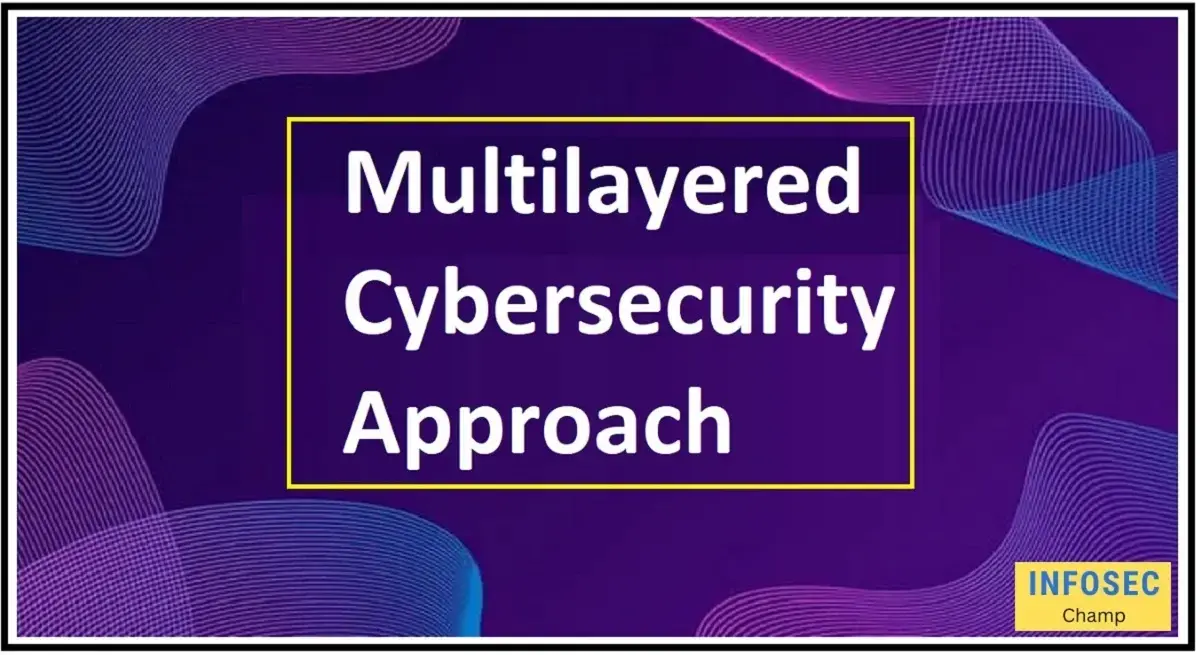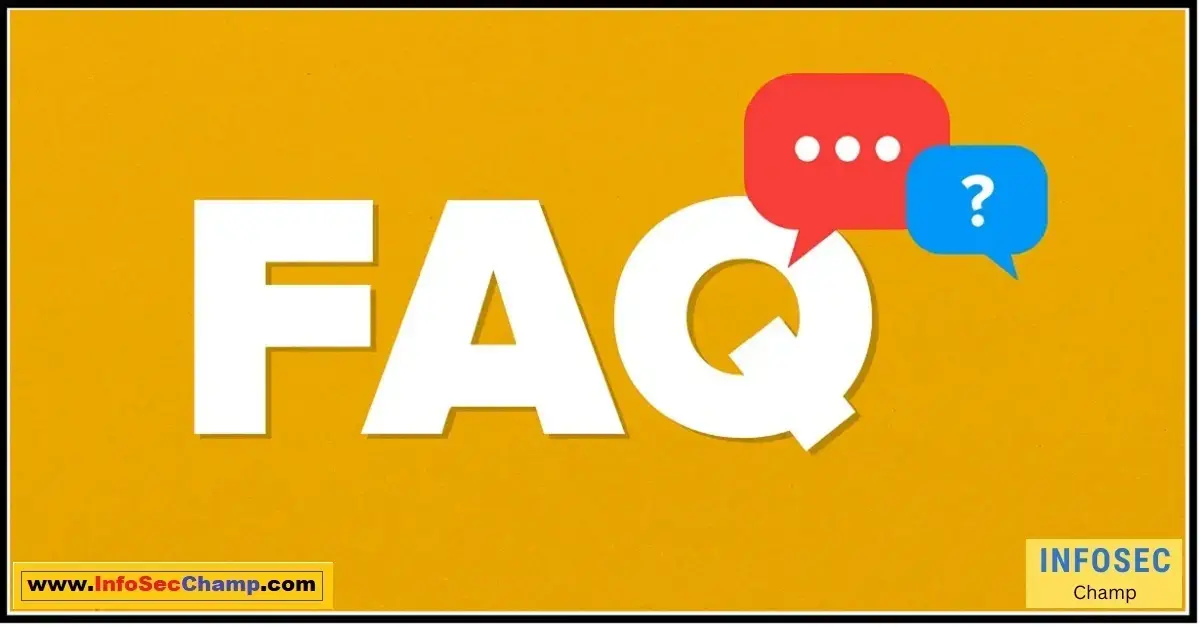Are you tired of constantly worrying about the safety of your online data? Look no further than a multilayered cybersecurity approach! You may successfully defend yourself from online threats and hackers by putting in place a variety of security measures, such as firewalls, encryption, and virus protection.
Cybersecurity is now more crucial than ever in a world that is becoming more and more digital. Also, it’s critical to take proactive measures to safeguard both yourself and your company was given the growth of remote work and online purchases. Invest in a thorough, multilayered cybersecurity approach for peace of mind and superior safety rather than leaving your critical data open to cyberattacks.
Cyberattacks Are Increasingly More Sophisticated
Protect Your Business from Increasingly Sophisticated Cyberattacks
Businesses can no longer only rely on conventional security measures to defend themselves from threats, since cyberattacks have increased over the past few years and are growing more sophisticated. Here are some steps you can take to safeguard your company from these dangers:
- Train your employees: Your workforce is your first line of defense against cyberattacks, so make sure they are aware of the value of secure passwords, phishing schemes, and social engineering techniques.
- Invest in cybersecurity: Businesses should spend money on cybersecurity software and technologies like firewalls and intrusion detection systems, which may assist stop cyberattacks by keeping an eye on network activity and spotting possible threats.
- Conduct regular risk assessments: Routine risk assessments can help you find systemic weaknesses and fix them before hackers take advantage of them.
- Create a data backup plan: If your company is the target of a ransomware attack, for instance, having a recent copy of your data can enable you to restore your system without having to pay the ransom.
- Stay up-to-date on the latest threats: Cybersecurity threats are continuously changing, therefore it’s important to keep up with the most recent threats and hacking techniques.
The Importance of a Multilayered Cybersecurity Approach
How does a multilayered cybersecurity approach help in protecting against cyber threats?
Using many layers of security measures to ensure protection against cyber threats is part of a multilayered cybersecurity strategy. It gives businesses a thorough and effective defense plan against cybercriminals who are constantly changing their methods.
The following are some ways that a multilayered cybersecurity strategy aids in defending against online dangers:
- Detection and prevention: A multilayered cybersecurity strategy aids in recognizing and thwarting possible cyber threats before they can do any harm to the system by deploying various security measures at multiple levels.
- Diverse layers of protection: A multilayered cybersecurity approach employs many layers of protection, such as firewalls, antivirus software, intrusion detection systems, and content filters, to ensure that, in the event that one tier fails, another can step in to safeguard users.
- Data encryption: An essential component of any cybersecurity strategy is encryption. Employing encryption at many levels adds an additional degree of security, making it more difficult for attackers to access critical data without authorization.
- Employee awareness: A multilayered cybersecurity strategy includes training staff members on the dangers of cyberattacks and the value of following security procedures. Cybercrime can be avoided by educating staff members on cybersecurity best practices and the need of keeping their systems patched and malware-free.
- Regular updates: It is essential to maintain all systems current with the most recent software patches and security updates. A multi-layered cybersecurity strategy makes sure that all systems automatically receive software updates and patches as soon as they become available, protecting against new and developing cyber threats.
In short, defending against cyber threats requires a multilayered cybersecurity strategy. Given the constantly changing nature of cyber threats, a multilayered approach offers businesses a more thorough and dynamic strategy, guaranteeing that all facets of a company’s network are secure.
Steps Businesses Can Take to Ensure Effective Cybersecurity
Cybersecurity is an essential component of every modern organization, and failing to appropriately protect customers’ sensitive data and other assets can have disastrous financial and legal repercussions.
With that in mind, here are five essential actions firms should take to ensure effective cybersecurity:
- Implement a robust security policy: Each firm must set clear security standards and make sure that everyone – from employees to clients – abides by them. Having a clear policy will help lower the danger of a data breach.
- Stay updated with security patches: updated, and secure. This is especially critical for operating systems because it can aid in preventing potential cyber-attacks.
- Limit access to sensitive data: The more people who have access to sensitive information, the more exposed it is to cyberattacks. Restrict access and follow the least privilege principle.
- Train employees on cybersecurity awareness: such as spotting phishing scams, developing strong passwords, and reporting unusual activity.
- Regularly back up important data: This is crucial in case of data loss due to natural catastrophes, power outages, or hardware malfunctions, and is a good idea to secure your company’s assets and records from a cyber-attack.
- Carry out regular security audits: Plan routine security assessments for your organization each year to evaluate its security posture, pinpoint weaknesses, and apply remedies.
Effective cybersecurity is essential to the success and security of any business. Failure to take the steps outlined above increases the risk of data breaches, which can cause irreparable harm to businesses. Therefore, incorporating these measures into your organization’s security policy is a wise decision that can help keep safe and secure from cyber-attacks.

Employee Training: Its Importance
It is impossible to exaggerate the value of employee training. These are some things to think about:
- Enhanced Productivity: By educating staff members on improved work practices and cutting-edge technologies, effective employee training can increase productivity and efficiency.
- Lower Turnover: By giving staff members the chance to improve their careers and receive training, work satisfaction is raised and turnover is decreased.
- Better Customer Service: Employees with the right knowledge and abilities can interact with customers more effectively and offer outstanding customer service.
- Improved Safety: Accidents and injury incidences at work can be reduced with proper training on safety precautions and protocols.
- Cost Savings: Investment in employee training may result in cost savings by lowering errors, streamlining procedures, and reducing equipment damage.
- Adaptation to Change: With the right training, staff can quickly adjust to modifications in work procedures, technological advancements, and client demands.
Cybersecurity Risks and Insurance: How They May Be Reduced
Five Ways Insurance Can Help Reduce Cybersecurity Hazards
Here are five ways insurance might assist limit cybersecurity risks as cybersecurity threats continue to rise:
- Financial Protection: Cybersecurity breaches can be expensive for enterprises due to data loss, downtime, legal bills, and reputational harm. Insurance can help cover these costs.
- Risk Assessment: Insurance firms frequently offer risk assessments to their clients, which can help them find weaknesses in their systems and suggest ways to make them stronger.
- Cyber Liability Coverage: Businesses can be protected from third-party claims resulting from data breaches, particularly those involving consumer data and financial damage, with the use of cyber liability insurance.
- Coverage for Business Interruption: Cyber insurance may also offer coverage for business interruption, which can aid organizations in recouping revenue lost as a result of a cyber-attack.
- Crisis management: In the event of a data breach, insurance providers can offer crisis management services, such as PR and legal support, to assist businesses in navigating the fallout and safeguarding their reputation.
In addition to these advantages, insurance can assist companies in adhering to data protection laws like GDPR and HIPAA.
Businesses can proactively manage their cyber risks and guard against potentially catastrophic financial and reputational harm by purchasing cybersecurity insurance.

FAQ:
Why is a multilayered cybersecurity approach important?
Because no single cybersecurity solution can defend against all types of cyberattacks, a multilayered cybersecurity strategy is crucial. Having many levels of protection can help to better secure sensitive data, prevent unwanted access, and lower the chance of a data breach.
What steps can businesses take to ensure effective cybersecurity?
A: Businesses can take a number of precautions to ensure effective cybersecurity, including using strong passwords, multi-factor authentication, routine software and system updates, employee training on cybersecurity best practices, installing firewalls and antivirus software, keeping an eye on network activity, and having a response strategy in place in the event of a cyberattack. To stay current with new threats and vulnerabilities, it’s also critical to constantly review and update the cybersecurity plan.
How can employee training help mitigate cybersecurity risks?
Employee training can assist reduce cybersecurity risks by educating staff on spotting possible threats, adhering to security standards, and putting best practices for data protection into effect. This can lessen the possibility of human error and raise public awareness of cybersecurity.
What role does insurance play in mitigating cybersecurity risks?
In the case of a cybersecurity breach, cyber liability insurance can act as a financial safety net. This kind of insurance can assist in paying for potential legal and regulatory fines as well as the costs related to fixing a breach and conducting an investigation into it.
What are some examples of sophisticated cyberattacks?
Ransomware, phishing, and Advanced Persistent Threat (APT) attacks are a few examples of sophisticated cyberattacks. These kinds of assaults can be challenging to identify and defend against because they frequently use sophisticated strategies and tools, like malware and social engineering.

